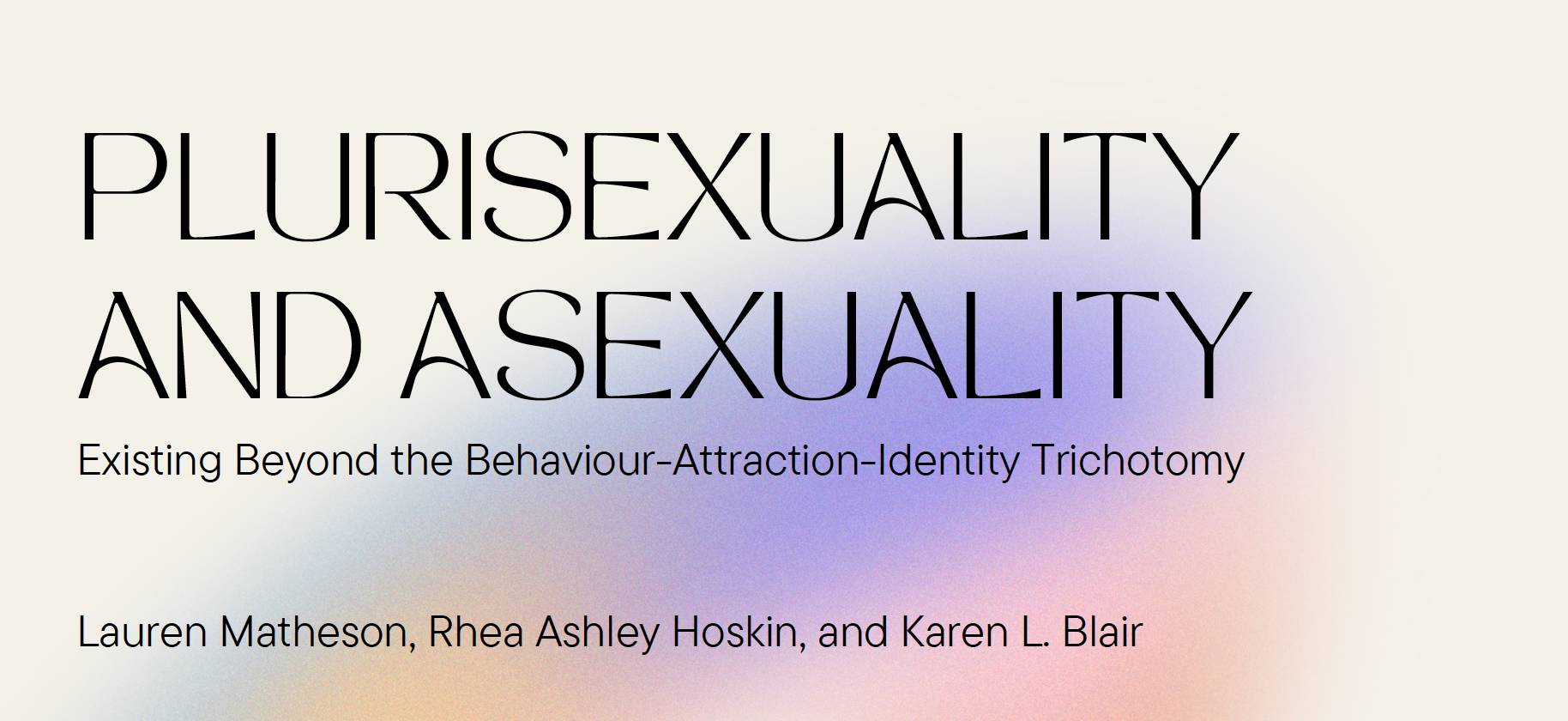CSRF 2022 Presentations
Does Self-Compassion Facilitate Sexual Minority Well-Being in the Face of Need-Thwarting PDA Experiences?
Courtney Gosselin, Diane Holmberg, & Karen L. Blair
Vulnerability and Resilience: A Longitudinal Examination of Minority Stress and Coping Processes in a Sample of LGBTQ+ Individuals During the COVID-19 Pandemic
Bre O’Hanldey, Erin Courtice, Rhea Ashley Hoskin, Karen L. Blair
Why Did You Let Go? Experiences Of Avoiding Public Affection Sharing Among Individuals In Same-Sex, Gender Diverse And Mixed-Sex Relationships
Hella Watkins, Karen L. Blair & Diane Holmberg
Plurisexuality and Asexuality: Existing Beyond the Behaviour-Attraction-Identity Trichotomy
Lauren Matheson, Rhea Ashley Hoskin & Karen L. Blair
“I stopped wearing dresses, even though I always loved them”: Examining Women's Responses to Femmephobic Experiences
Julia Gillespie, Toni Serafini & Rhea Ashley Hoskin
The Gender tightrope
“You can’t win”: Examining FEMMEPHOBIA, GENDER-POLICING, and the Gender-tightrope that Women Walk
Melanie Gunn & Rhea Ashley Hoskin
Women perform a balancing act in response to their experiences of gender policing. While women’s experiences of being pressured to be more feminine or less masculine (i.e., gender policing rooted in gender norms) have been looked at extensively, minimal research has examined the pressure to be more masculine or less feminine (i.e., gender policing rooted in femmephobia). The current study asked participants (n = 172) checkbox and open-ended questions related to: 1. where they experience femmephobic gender policing; 2. by whom they experience femmephobic gender policing; and 3. their perceived rationale (e.g., to appear qualified, to avoid violence, etc.). The quantitative results found that femmephobic gender policing was primarily experienced in LGBTQIA+ communities, at school and in public spaces, by strangers and colleagues, and was largely attributed to a need to be accepted, and to be seen as competent, qualified, strong, and capable. The qualitative analysis suggested there are three overarching reasons why women experience femmephobic gender policing: 1. to avoid harassment and violence (e.g., sexual harassment and violence; street harassment and violence; workplace harassment; microaggressions; unwanted commentary or questioning; violence avoidance); 2. To comply with or challenge patriarchal standards and values (e.g., the tightrope; masculine right of access, masculine currency, the gender binary); and 3. to be accepted or fit into certain communities or contexts (e.g., LGBTQIA+ communities; masculine domains; and feminist spaces). This research systematically identifies the contexts in which women experience femmephobia, as well as illuminates an additional facet of gender policing experienced by women.

